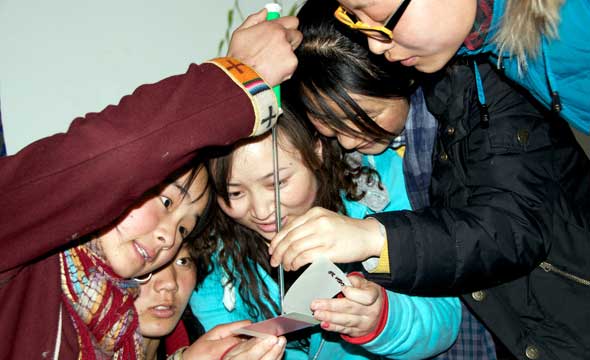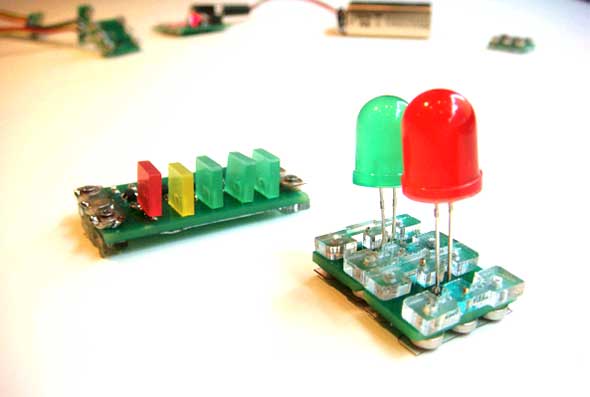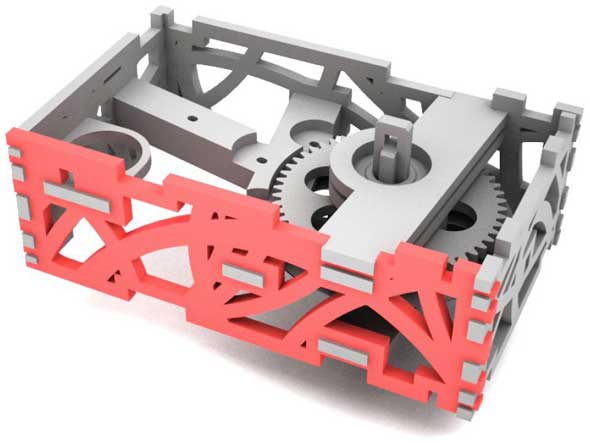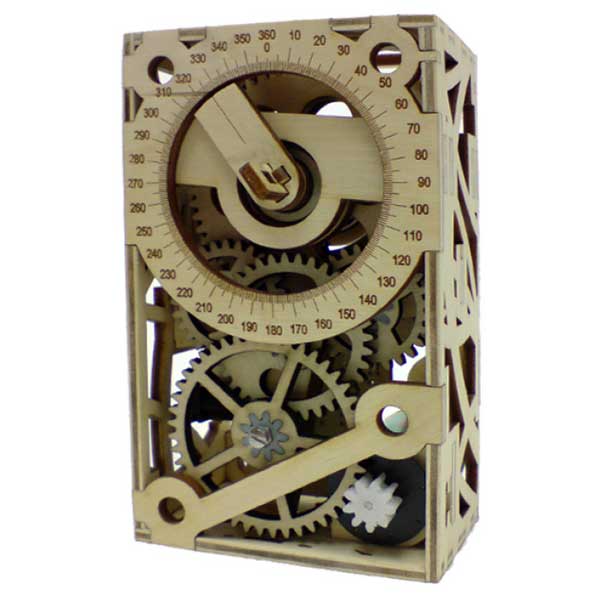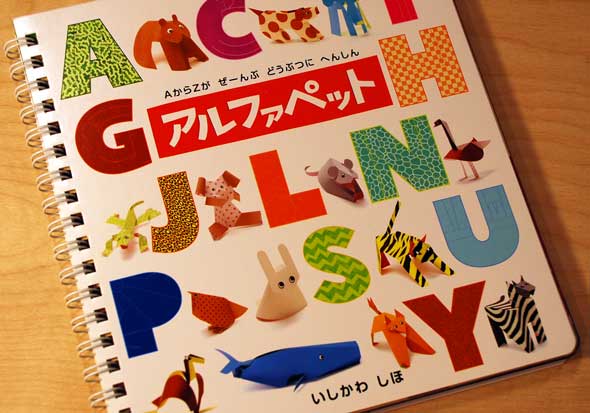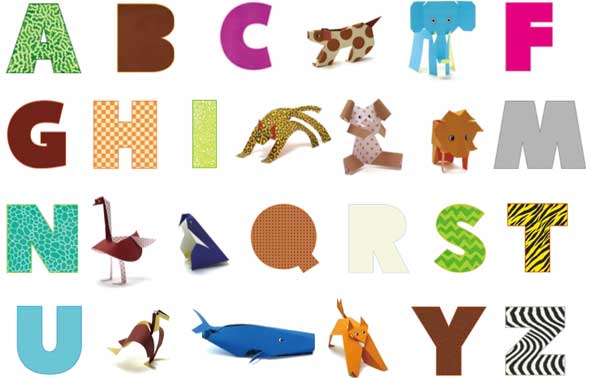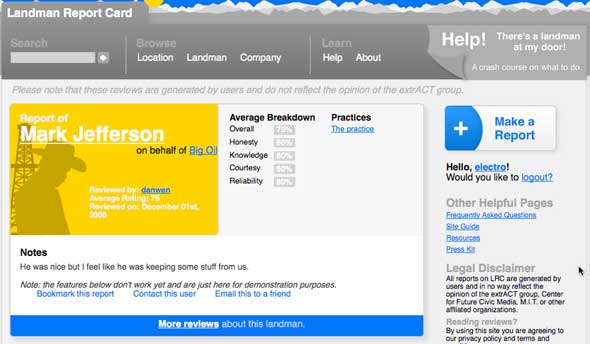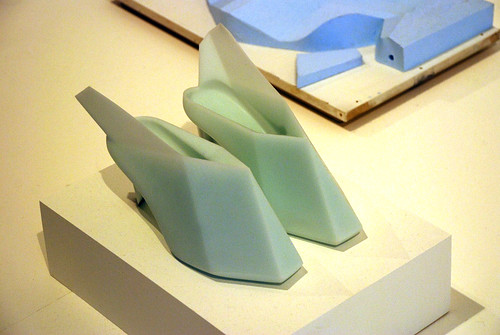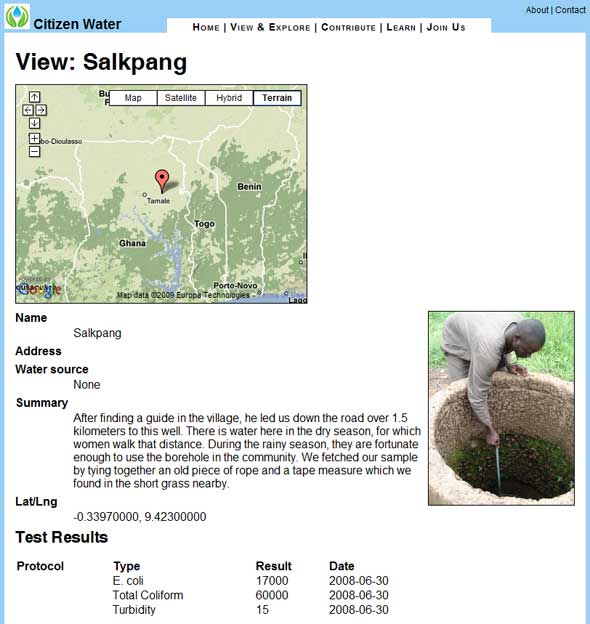
This week Scot Frank showed me his pre-alpha of Citizen Water, a cohesive effort to monitor water quality around the world in order to empower community advocacy and direct development efforts. The effort is two-pronged: Scot’s team has been on the ground in numerous locations to help locals test their own water quality using low-cost kits specially developed to work without training or electricity (below). An online database stores the water quality information on a map, so that governments and aid agencies can identify which areas need assistance (above). The combination of grassroots workshops with a global digital presence approach is becoming a hallmark of civic media projects, ensuring that no matter how widespread the adoption, there is an effort to represent and educate those without a voice.
